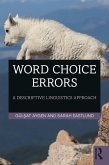
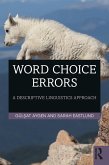
Broschiertes Buch
A Descriptive Linguistics Approach
14. August 2019
Taylor & Francis Ltd
Ähnliche Artikel
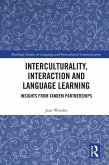
eBook, ePUB
23. Mai 2018
Taylor & Francis
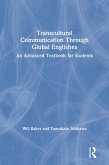
eBook, ePUB
28. Juni 2021
Taylor & Francis
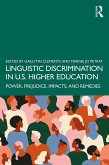
eBook, ePUB
30. März 2021
Taylor & Francis
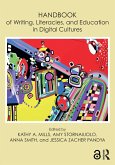
eBook, ePUB
15. August 2017
Taylor & Francis
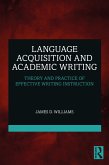
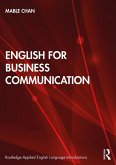
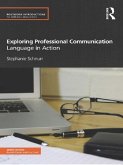
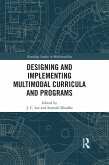
eBook, ePUB
19. Januar 2018
Taylor & Francis
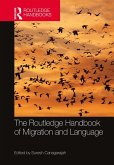
eBook, ePUB
3. Februar 2017
Taylor & Francis
Ähnlichkeitssuche: Fact®Finder von OMIKRON
